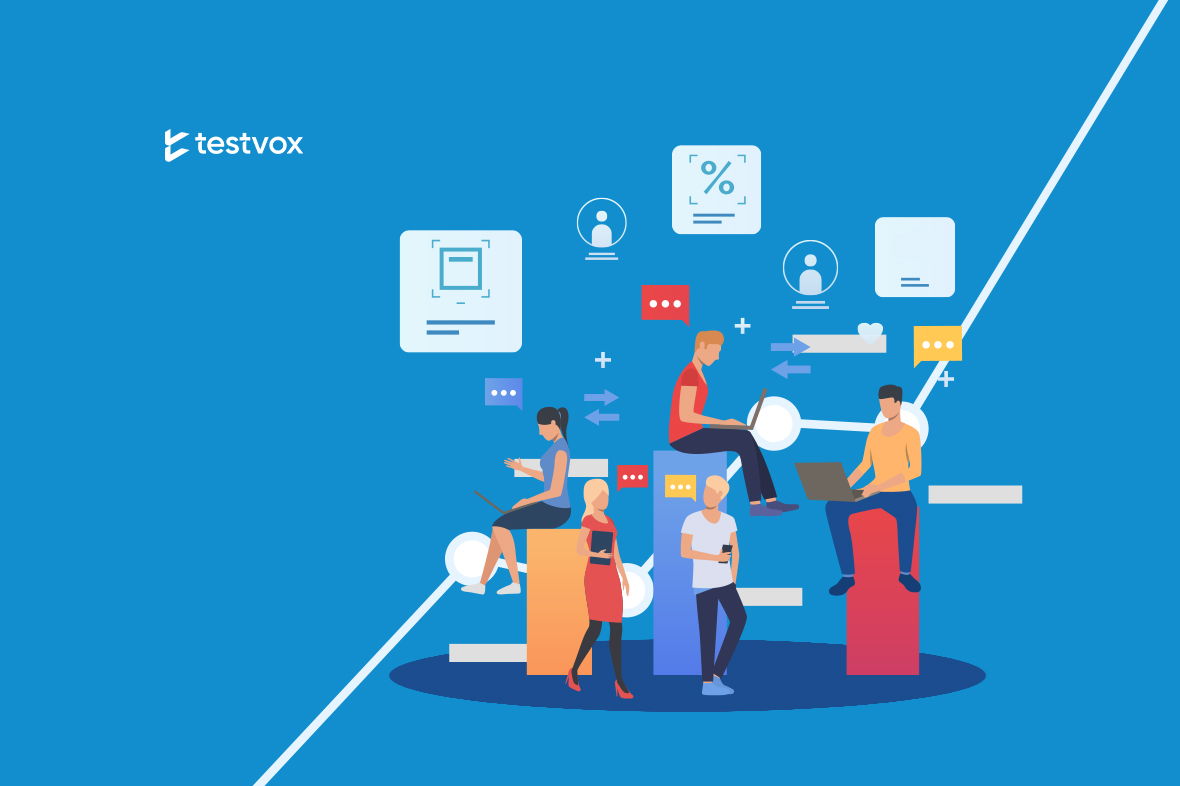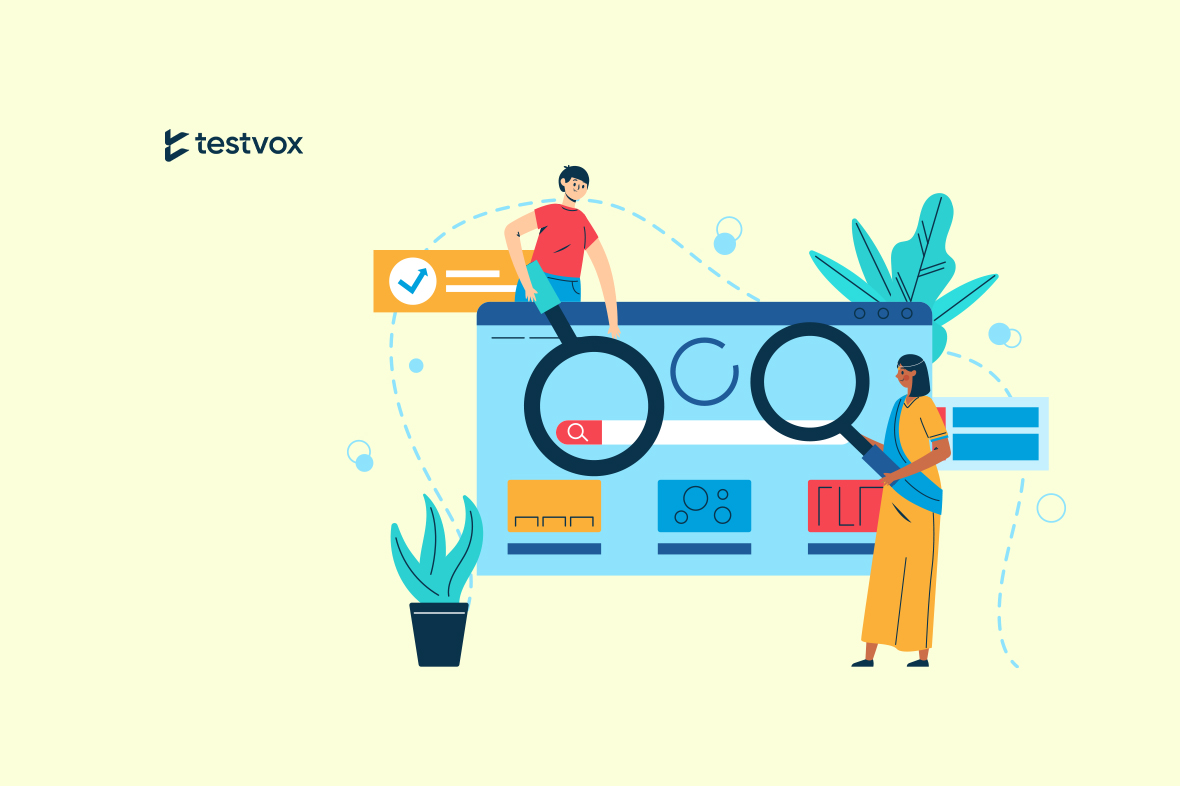This B2B betting application has a basic framework that permits customization by adding or removing features as required. The app isn't given directly to individual users by the client; rather, businesses obtain it from them after their developers tailor it for regional requirements. These customized versions of the application need to be tested meticulously before they are made accessible to users within a particular region.
Need to automate
Due to the absence of an in-house testing team, the client sought both manual and automation testers to evaluate this application. While customized versions of the application were tailored for specific regions based on user requirements, the core features remained consistent. Implementing automation using the fundamental framework would enable the efficient testing of various customized versions of the application, with minor modifications applied to the shared framework. This led the client to seek independent software testing companies with software testers possessing substantial experience and skill in automation.
Need of a common framework
API Testing and UI Testing both needed to be conducted. For API Testing, the tool "Postman" was utilized which has its own limitations and offers several built-in options that they were compelled to use. Initially, there were only 5 customized versions to manage. This prompted the client to configure Postman for these 5 projects, which was manageable. As the number of customized versions of the application increased significantly, the client faced challenges in managing configurations using Postman. Consequently, the transition to a more robust framework that allows logic-based coding became necessary. This could replace API activities accomplished through coding, enabling both UI Testing and API Testing to be conducted using a common framework.
Lack of documents
No documents detailing the functionalities and operations of the application were available. As a result, sourcing knowledge related to various application functionalities and operations for the required team members proved challenging. This posed difficulties in providing training for new hires, whether they were software developers or software testers. They struggled to comprehend the application's functioning, as well as its different features and facilities.









